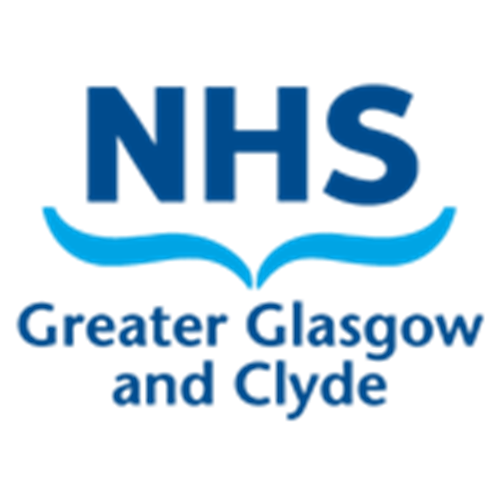Intrauterine fetal death (IUFD) refers to babies with no signs of life in utero1. Late IUFD (>24 weeks gestation) is relatively common with the stillbirth rate in Scotland being approximately 5 in 1000 total births. Most women will be suitable for vaginal delivery and many will have been induced. The main complications relate to coagulopathy and sepsis. Prolonged expectant management carries higher risks. In addition to being a distressing time for the woman and her family, stillbirth is rated more painful than live birth and more analgesia may be utilised.
Intrauterine Fetal Death (IUFD) and Anaesthesia (618)

| Please report any inaccuracies or issues with this guideline using our online form |
Background
General measures
- Women should be offered the opportunity to discuss options for analgesia with the duty anaesthetist
- All analgesia modalities should be available – including regional analgesia (if no contraindications)
- Blood should be sent for full blood count, coagulation screen (including Fibrinogen), urea and electrolytes and CRP
Analgesia Options
- Equanox (Entonox)
- IM Opioids – Administered in line with midwifery guidelines
- IV Opioids – Either Morphine or Remifentanil PCA can be considered and delivered in accordance with local guidelines (table gives the advantages and disadvantages of each)
- Epidural – If bloods satisfactory and no suggestion of coagulopathy or sepsis then epidural analgesia can be administered in accordance with local protocols
Regional Analgesia
Up-to-Date blood results for full blood count, urea and electrolytes, coagulation Screen (including fibrinogen) and CRP should be reviewed prior to epidural. Any abnormalities should be discussed with a consultant anaesthetist. It should always be considered that the complications of epidural abscess or vertebral canal haematoma could be catastrophic. A conservative approach is advised.
Incidence of Coagulopathy and Sepsis
There is a widely quoted figure of a 3.1% incidence of signs of sepsis during induction of labour for IUFD2. However, this is a small series of 96 patients and there are no details on the definition of the episode. All labours will have a baseline incidence of sepsis.
In the same series of 96 patients there were no incidences of coagulopathy or haemorrhage. In a retrospective cohort study of coagulopathy 12 of 104 (11%) of patients presenting with IUFD after 24 weeks had a complication of coagulopathy3. However, this appears to have been defined on the need for blood transfusion. In addition, in the majority of cases this was associated with a clinical syndrome (preeclampsia, HELLP, uterine rupture). In the other cases there were statistically significant abnormalities in platelet count, PT, APTT and Fibrinogen at presentation.
Caesarean Section
Caesarean Section will occasionally be indicated. General Anaesthesia is usually most appropriate in this context, however circumstances may necessitate an alternative approach (eg morbid obesity). Patients should be recovered in accordance with Association of Anaesthetists of Great Britain and Ireland Safety Guideline on Immediate Post-anaesthesia Recovery. Management of the patient in a single room must not compromise post-anaesthesia monitoring.
Table of Remifentanil vs Morphine PCA for IUFD
Advantages | Disadvantages | |
Morphine PCA | Pain relief/sedation will persist between contractions which may be advantageous in the distressed patient | Pain relief may be inadequate for peak contractions |
Analgesia will continue and cover for post-delivery pain relief | Morphine side effects may occur including; nausea, constipation, itch. | |
In majority of cases the patient can be left for brief periods by the midwifery team | ||
Remifentanil PCA | Provides superior analgesia during peak of contractions | Requires constant monitoring by the midwifery team |
Any Side effects are quickly eliminated | Requires more active participation by the mother with less opportunity to sleep/rest between contractions | |
Offers no post delivery analgesia. |
Editorial Information
Last reviewed: 17/01/2022
Next review date: 17/01/2025
Author(s): Tom Pettigrew.
Version: 2
Approved By: Obstetric Clinical Governance Group
Document Id: 618
References
- Royal College of Obstetricians and Gynaecologists Green-top guideline 55. Late intrauterine death and stillbirth. October 2010 https://www.rcog.org.uk/globalassets/documents/guidelines/gtg55.pdf
- Medical management of late intrauterine death using a combination of mifepristone and misoprostol. - Wagaarachchi PT, Ashok PW, Narvekar NN, Smith NC, Templeton A. 2002 Apr;109(4):443-7.
- intrauterine foetal death and delivery complications associated with coagulopathy: a retrospective analysis of 104 cases. -Tempfer, Brunner, Bentz, Langer, Reinthaller, Hefler in J Womens’ Health (Larchmt), 2009 April; 18(4): 469-74.